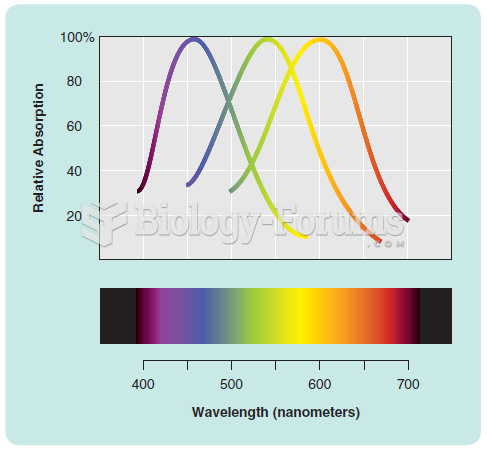|
|
|
The first monoclonal antibodies were made exclusively from mouse cells. Some are now fully human, which means they are likely to be safer and may be more effective than older monoclonal antibodies.
In the United States, there is a birth every 8 seconds, according to the U.S. Census Bureau's Population Clock.
Fatal fungal infections may be able to resist newer antifungal drugs. Globally, fungal infections are often fatal due to the lack of access to multiple antifungals, which may be required to be utilized in combination. Single antifungals may not be enough to stop a fungal infection from causing the death of a patient.
The first oncogene was discovered in 1970 and was termed SRC (pronounced "SARK").
The average office desk has 400 times more bacteria on it than a toilet.







